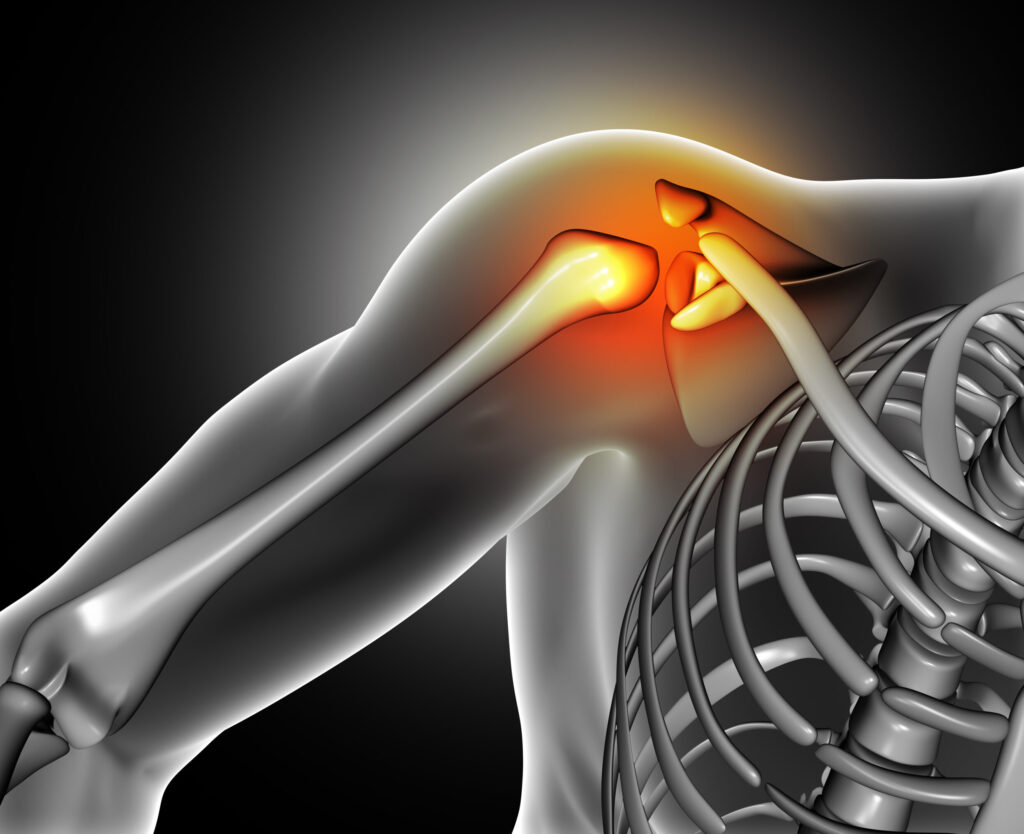KNEE


Knee Care That Brings You Back to Life
We utilize advanced techniques and state-of-the-art technology to ensure effective results, helping you regain mobility and alleviate pain.
Trust us for all your shoulder surgery needs and take the first step towards a healthier, more active life.
All types of Knee Services
As experts in knee health, we specialize in diagnosing, treating, and rehabilitating knee injuries and conditions to help you stay active and pain-free. Our comprehensive care is tailored for individuals of all ages and activity levels, from athletes to those with degenerative conditions. Whether it's a meniscus tear, ligament injury, or chronic knee pain, we provide precise, patient-focused solutions to restore mobility and enhance quality of life.
1. ACL
ligament in the knee that connects the thighbone to the shinbone.
ACL Injury FAQ
- A loud "pop" sound at the time of injury.
- Severe pain and rapid swelling.
- Instability or feeling of the knee "giving out."
- Difficulty bearing weight and limited range of motion.
- Physical examination tests such as the Lachman test, anterior drawer test, and pivot shift test.
- MRI scans to assess ligament and cartilage damage.
- X-rays to rule out fractures that may occur alongside ligament injuries.
- Non-Surgical Treatment: Includes physiotherapy, bracing, and strengthening exercises for those with partial tears or low physical activity.
- Surgical Treatment: ACL reconstruction surgery using grafts (from the patient’s own hamstring, patellar tendon, or donor tissue) for athletes or active individuals who need full knee stability.
2. Meniscus
The C-shaped medial meniscus is on the inside part of the knee
Meniscus Injury FAQ
- Sudden twisting or pivoting movements.
- Deep squatting or heavy lifting.
- Direct trauma to the knee, such as a sports injury.
- Age-related degeneration leading to weakened cartilage.
- Pain and swelling in the knee.
- Stiffness and limited range of motion.
- A popping sensation at the time of injury.
- Locking or catching of the knee when moving.
- Physical examination and movement tests.
- MRI scans to assess the extent of the tear.
- X-rays to rule out other knee injuries.
- Rest, ice, compression, and elevation (RICE) for minor injuries.
- Physical therapy to strengthen the knee and restore mobility.
- Meniscus repair surgery for severe or repairable tears.
- Partial meniscectomy to remove damaged tissue if repair is not possible.
- Physical therapy starts immediately to regain strength and motion.
- Meniscus repair may require limited weight-bearing for 4-6 weeks.
- Full recovery can take 3-6 months, depending on severity.


